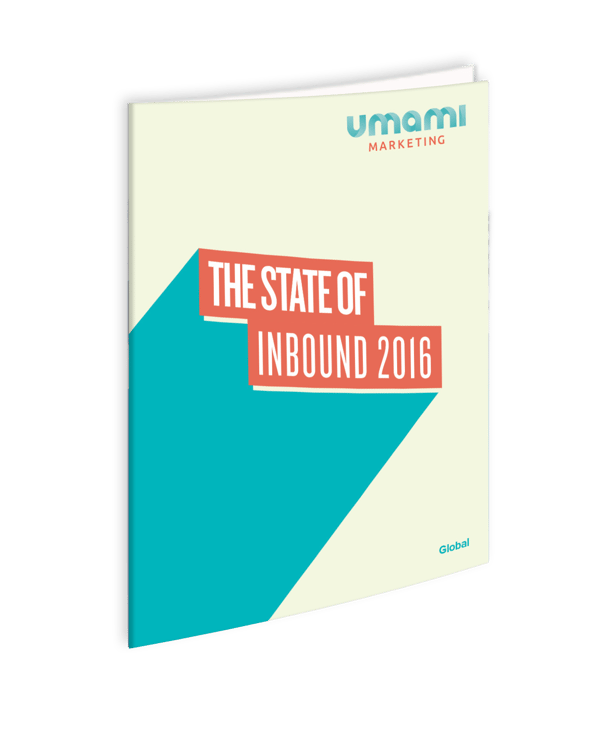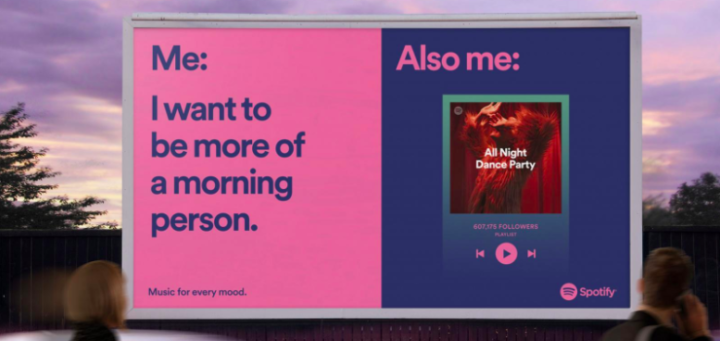It’s important for us to understand these changes in human behaviour and the effects that they have on digital and inbound marketing. For the 8th year in a row, HubSpot has released its annual State of Inbound report, with data from over 4,500 respondents, detailing this transformation and their predictions for the future of sales and marketing.
And in those predictions? The current state of affairs surrounding online advertising is going to need to change. Read on to find out more.
How do Consumers Feel about Advertising?
HubSpot’s CEO Brian Halligan states that “the world is becoming more inbound [and] growing more authentic, less interruptive.” In their AdBlock Plus Research Study last quarter, HubSpot found that of 1,055 online browsers, the majority seemed to agree with this sentiment.
People seem to dislike advertisements that are intrusive to their online browsing experience, and they’re also feeling overwhelmed with the volume of ads that are present today.
1. 91% of people say ads are more intrustive today than two years ago – (HubSpot)
2. 85% of people feel a negative opinion about websites with obnoxious or intrusive ads – (HubSpot)
As to the types of ads people dislike the most, there are three which hold the overwhelming majority of “most hated”:
3. 73% of consumers dislike online pop-up ads, followed by 70% who dislike mobile ads, followed by 57% who dislike online video advertising before content loads (like on YouTube) – (HubSpot)
And it seems the reason they are most hated is due to the fact that they are annoying, or disruptive to what the consumer is trying to do while online: shopping, researching, or just general browsing:
4. 70% of consumers have a lower opinion of brands that use pop-up ads, while 51% think less of brands who use autoplaying video ads – (HubSpot)
5. 4 out of 5 people have left a webpage because of a pop-up or autoplaying video ad – (HubSpot)
Due to the disruptive and annoying nature of pop-up ads, consumers have turned to ad-blocking software to help manage the issue:
6. There have been 500 million downloads worldwide of AdBlockPlus, and it’s estimated that ad-blocking cost publishers $22 billion in 2015 alone (and will increase to a loss of $35 billion per year by 2020) – (DigiDay)
7. 83% of people would like the option to block ads on mobile, with 429 million people already using mobile ad-blocking globally – (International Business Times)
So what causes consumers to click on an ad in the first place? These next stats may surprise you…yikes.
8. Only 40% of people actually click on an ad because it interests them, and 34% of people actually only click on an advertisment as a mistake or accident – (HubSpot)
What about outbound practices? How do consumers feel about more traditional methods of advertising?
9. Only 17% of marketers say outbound practices (e.g. cold calling, TV/Outdoor Ads, Trade Shows, purchased lists) provide the highest quality leads for their sales team – (State of Inbound 2016)
With all of this information in mind, is there another way for advertisers to promote their products and services, without annoying their customers? Native ads are a start — they are smartly integrated into the look and feel of a webpage, so they don’t overtly feel like an advertisment. Native ads come in many forms, such as sponsored posts on Instagram and Twitter, ‘advertorial’ content (which is sponsored content that is made to look like an article), typical PPC or search advertising, or recommended content, such as “books you may like” for your eReader. In addition, a solution seems simple: Be Less Annoying.
10. 83% of people say not all ads are bad, but they do want to filter out the obnoxious ones, and 77% would actually prefer to ad filter than ad block completely – (HubSpot)
To read more about HubSpot’s data reports and their predictions for the future of inbound sales and marketing (and how you can improve your advertising strategy), get your free copy of the State of Inbound 2016 report, available now:



